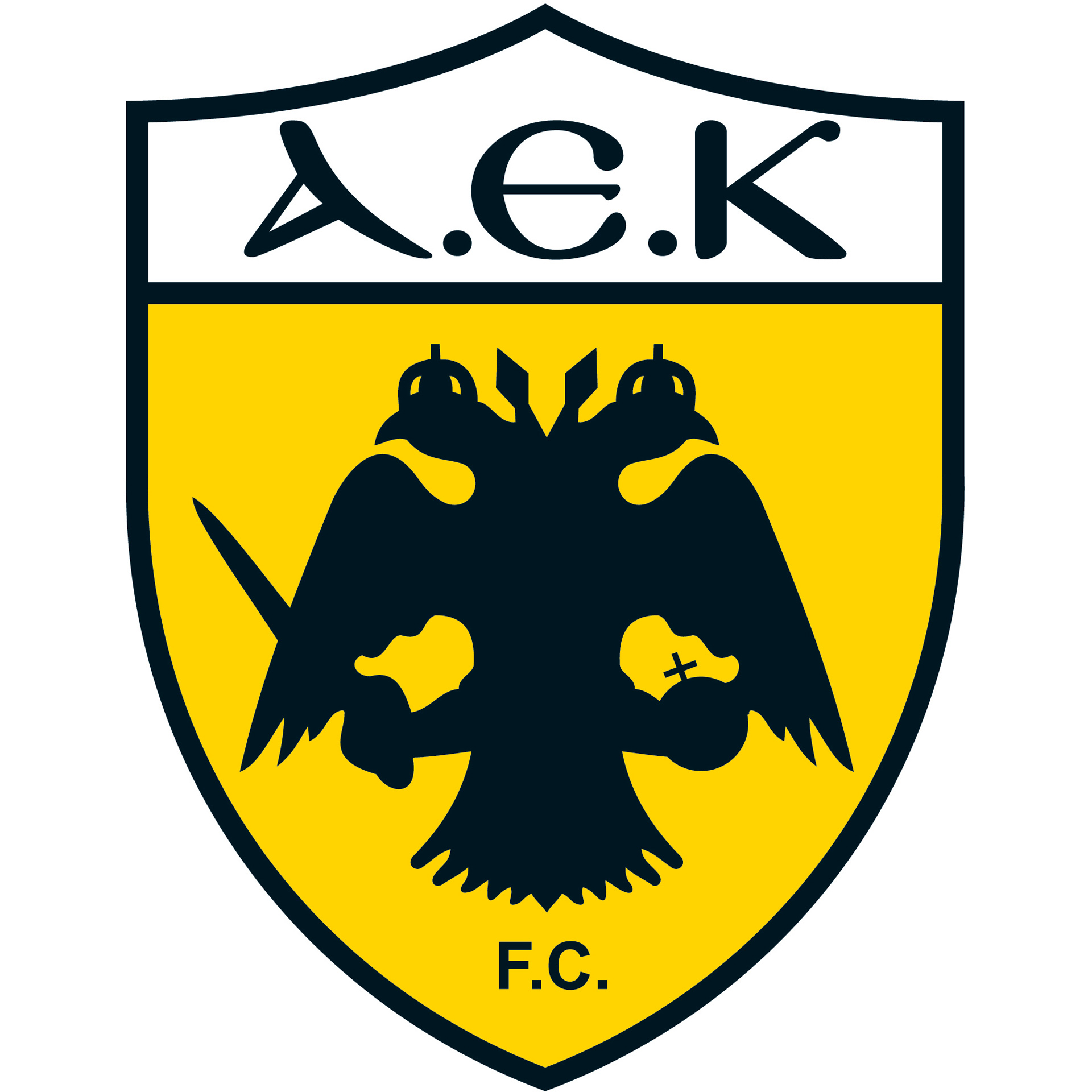The Golden Rules of European Legends Walking Football
Walking Football is a growing sport and sessions are currently taking part in all corners of the European community. As the sport grows to include more events and festivals, Football Association’s and Walking Football groups are beginning to establish Walking Football guidelines and regulations. As a result, the rules of the game vary slightly across Europe.
After taking part in the European Legends Programme, an initiative focused on broadening the Walking Football and Walking Sport methodology in Europe, the participating 13 professional football clubs, coming from 7 countries across Europe, have worked together to compile a list of rules and devised ‘The 20 Golden Rules of European Legends Walking Football’.
EFDN and the participating professional football clubs have used the Dutch Walking Football rules as the basis of the European Legends Walking Football rules. Throughout the two-year programme and the experience gained by the clubs in their weekly sessions, the rules were amended accordingly.
The European Legends Walking Football programme met the objective of increased participation in physical activity and greater social involvement for individuals being 50 years and older.
The two-year programme delivered in 7 European countries has shown that the European Legends Walking Football Rules are meeting health and safety standards and keep the game inclusive since in the delivered programme the age group varied from 50 until 93 years old.
EFDN does not claim that these rules are a standard for all over Europe, but instead we would like to emphasis that the rules are the ‘European Legends Walking Football’ rules based on the dissemination of the European Legends programme.
Additionally, the rules were used for the European Legends Walking Football Tournament at which countries from all over Europe participated, this was done with the consent of all participating parties.
Overall, we see the creation of a set of rules as an ongoing process considering that the sport has in various countries only very recently evolved.
- The match is played with six players per team on the pitch (6 vs 6).
- The size of the pitch is 21 meters by 42 meters.
- The size of the goal is 3m (wide) and 1m (high) (3x1m).
- There are no goalkeepers.
- All players need to keep a distance of 3m from the goal during the game.
- Players are permitted to change throughout the game. The number of substitutions is unlimited. A player who has been substituted may return as a substitute for another player.
- There is no offside rule.
- Tackling and physical contact is forbidden.
- Players must always be walking, as defined as ‘always having one foot on the ground’. If a player runs, the referee will award possession of the ball to the opposing team.
- There are no penalties. Only indirect free kicks. All players must keep a distance of 3 meters.
- It is not permitted to play the ball above the crossbar.
- If the ball is played outside the pitch side-lines, the ball will be placed at the spot where it went out, and the player kicks the ball back into play. All players from the opposing team must keep a distance of 3 meters.
- If the ball is played outside the pitch goal line, a corner kick will be awarded. The ball will be placed at the nearest corner and the opposing team must keep a distance of 3 meters from the corner.
- After each goal, the game starts again with a kick-off in the centre of the field.
- Teams cannot score from their own side of the pitch.
- If a goal is prevented in an illegal manner (such as with hands or by running to the ball), the goal will be counted as valid.
- The referee can exclude a player for verbal abuse or continuous foul play. Another player will substitute the excluded player.
- If a player receives a yellow card, the player needs to leave the pitch for 5 minutes but can be substituted by another player.
- In case the player receives a red card, the player is excluded from the rest of the game but can be replaced by another player.
- A referee’s decision regarding the facts or a situation in the match are final. The decisions of the referee must always be respected.
More detailed information can be found in the EFDN Walking Football Practitioner’s Guide which is available for download on the Online Learning Platform.





